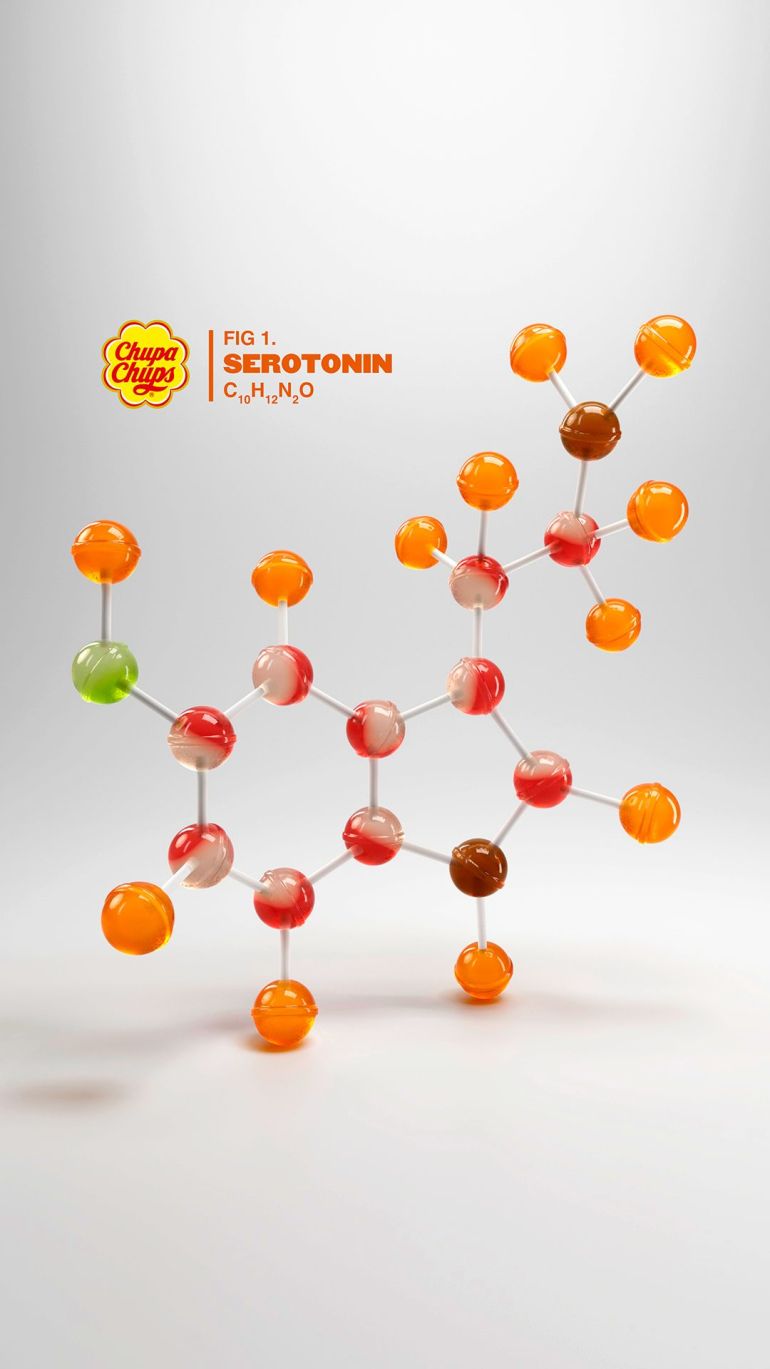
In the world of digital advertising, few disciplines require the same level of ongoing refinement as paid search management. The landscape evolves quickly, with new technologies, tools, and algorithm updates reshaping how marketers approach campaigns almost daily. As automation becomes increasingly integrated into advertising platforms, the industry is facing a fundamental question: how do we strike the right balance between machine-driven optimization and human creativity?
It’s a question we think about often at FiG. As a digital agency that provides both strategic and hands-on paid search services, we’ve seen firsthand how automation can streamline campaign management, but we also understand the inherent value of creative insight—particularly when it comes to messaging, audience connection, and brand differentiation.
Finding equilibrium between these forces is essential for long-term performance. Brands that lean too far into automation may achieve technical efficiency, but often at the cost of unique positioning. On the other hand, businesses that resist automation entirely risk missing opportunities to scale and adapt. The most effective paid search strategy, we believe, lies in a deliberate and informed combination of both.
The Rise of Automation in Paid Search
Google Ads and other platforms have steadily introduced new automation tools in recent years, from Smart Bidding and Responsive Search Ads to automated targeting and Performance Max campaigns. These advancements promise faster results with less manual input. In many ways, they deliver on that promise—algorithms can now analyze thousands of variables in real time, dynamically adjusting bids, placements, and copy combinations to maximize performance.
This technology is powerful, particularly for advertisers managing high-volume campaigns across multiple geographies or audiences. Automation reduces time spent on repetitive tasks, allowing marketers to shift focus toward higher-level strategy and reporting. It can also help uncover unexpected patterns in search behavior, driving incremental gains that would be difficult to find manually.
However, over-reliance on automation comes with risk. Algorithms are optimized for conversions, not for context or brand nuance. While machine learning can test combinations of headlines and descriptions, it does not understand the emotional tone of a message or the specific aspirations of a brand’s audience. Without clear human direction, automated systems may produce generic, forgettable ads that fail to resonate or distinguish the business in a meaningful way.
Where Creativity Still Matters
This is where creative thinking plays an irreplaceable role. While automation can help determine what works best, it still requires meaningful inputs to work with. The structure of the campaign, the tone of the ad copy, the choice of keywords, the landing page experience; all of these decisions originate with human insight.
For example, a successful campaign for a home services company requires more than an efficient bid strategy. It demands an understanding of what motivates homeowners to take action. It involves crafting messaging that builds trust, uses familiar language, and anticipates questions or concerns. The same goes for campaigns in niche B2B sectors, where nuanced value propositions and industry-specific language are essential to credibility.
Creative strategy also drives decisions about how to position a business against its competitors. Should your ads lead with speed, service, price, or experience? How do you reflect the brand’s personality within the strict character limits of search ads? These are questions that cannot be answered by automation alone.
At FiG, our approach as a paid search agency blends data and creativity at every step. We use automation where it makes sense, especially in bid management, audience targeting, and A/B testing. However, we always bring a human perspective to the campaign foundation. We craft ad messaging in a way that aligns with brand tone, audience expectations, and searcher intent. That alignment is what makes a campaign compelling, rather than simply functional.
The Role of Strategy in Managing Both Forces
Balancing automation and creativity requires a clear strategic framework. Before launching any campaign, we take time to define the business goals, customer segments, and key differentiators. We conduct keyword research and competitive analysis not just to find search volume, but to uncover insight into how prospects search and what language they respond to.
This front-end work informs the creative direction of the campaign—from the ad copy and landing page design to the tone of retargeting messages. Once the campaign is live, we leverage automation to scale and optimize, but we continue to monitor performance through a strategic lens.
If an ad variation is underperforming, we don’t just pause it and move on. We look at the possible reasons. Is the language too technical? Is the offer unclear? Did the landing page fail to align with the user’s expectations? These are the kinds of questions that allow us to learn from the data, rather than merely reacting to it.
Building for Long-Term Success
The most successful paid search management does not chase short-term wins at the expense of brand equity. It seeks to build awareness, drive qualified leads, and reinforce the company’s position in the market. That requires careful coordination between the capabilities of technology and the judgment of experienced marketers.
For businesses seeking a true performance partner, it’s important to work with a team that understands this balance. A strong paid search agency should be able to demonstrate not just technical proficiency, but also creative fluency and strategic thinking. Results matter, of course—but how those results are achieved is equally important.
Work with a Trusted Paid Search Agency
At FiG, we believe that balance is not a compromise. It is a competitive advantage. Our paid search services are grounded in performance data, but they are powered by original thinking and a deep understanding of the brands we represent.
If you’re looking to improve your visibility in search, refine your paid strategy, or simply ensure you’re getting the most from your campaigns, we’d love to talk. With the right mix of automation and creativity, your next campaign could do more than just perform; it could stand out. Schedule a discovery call with us today!



